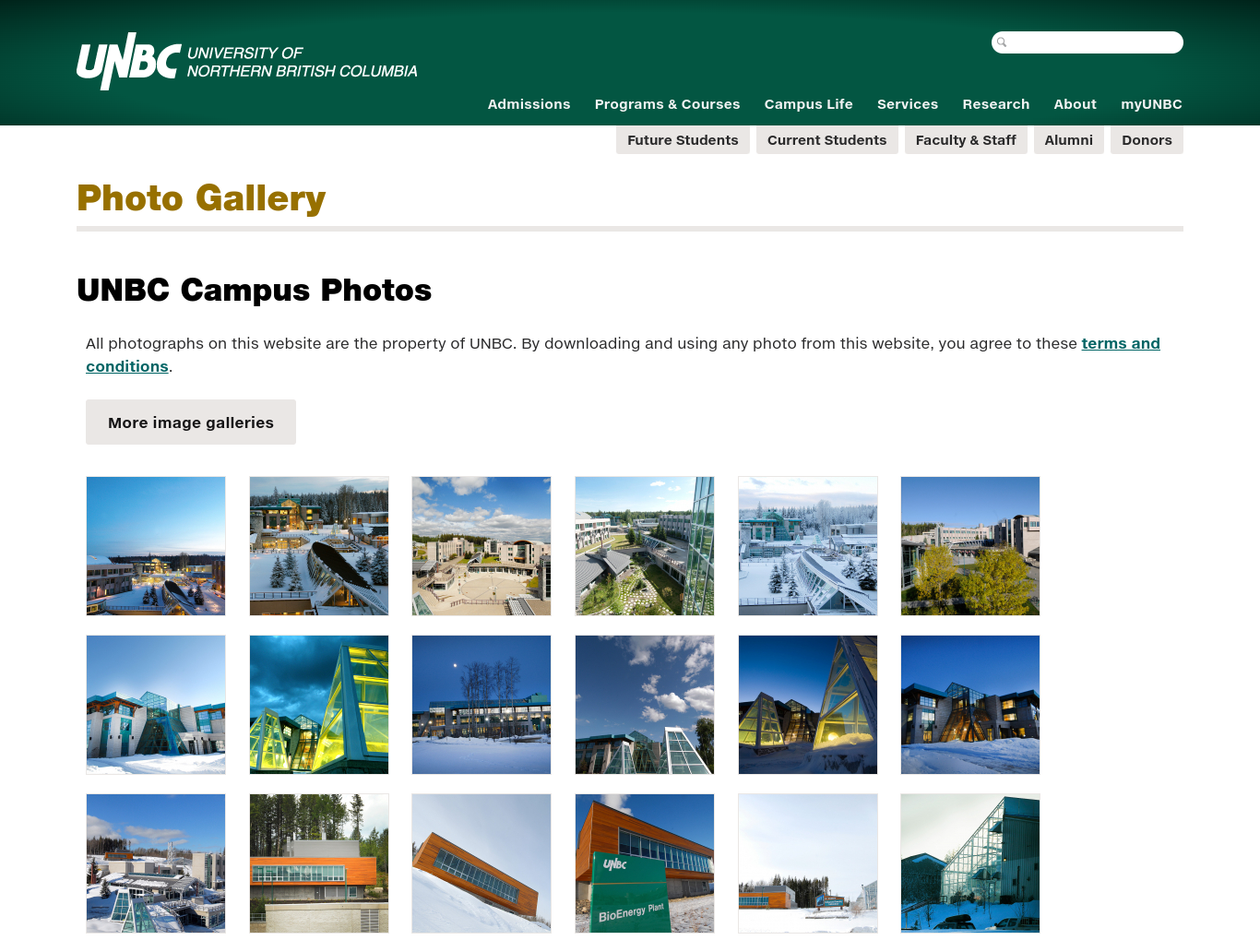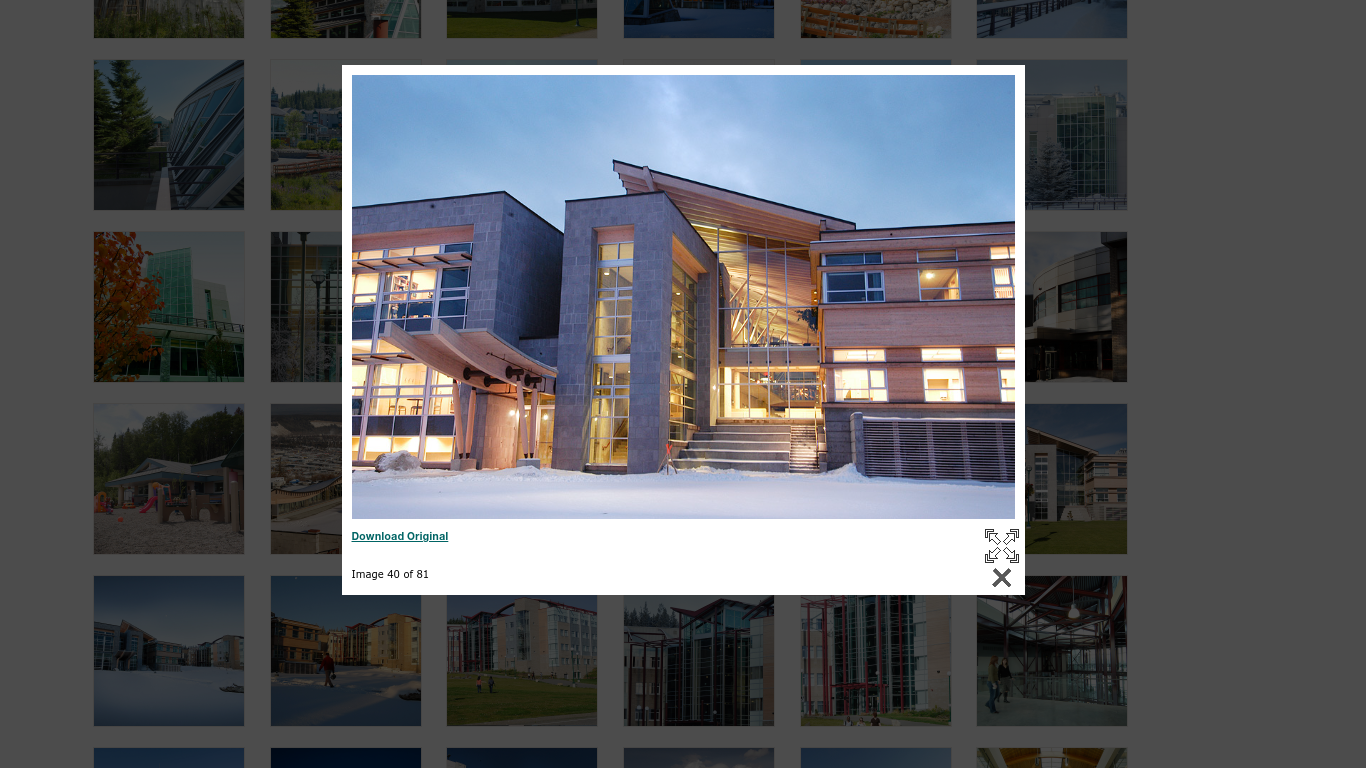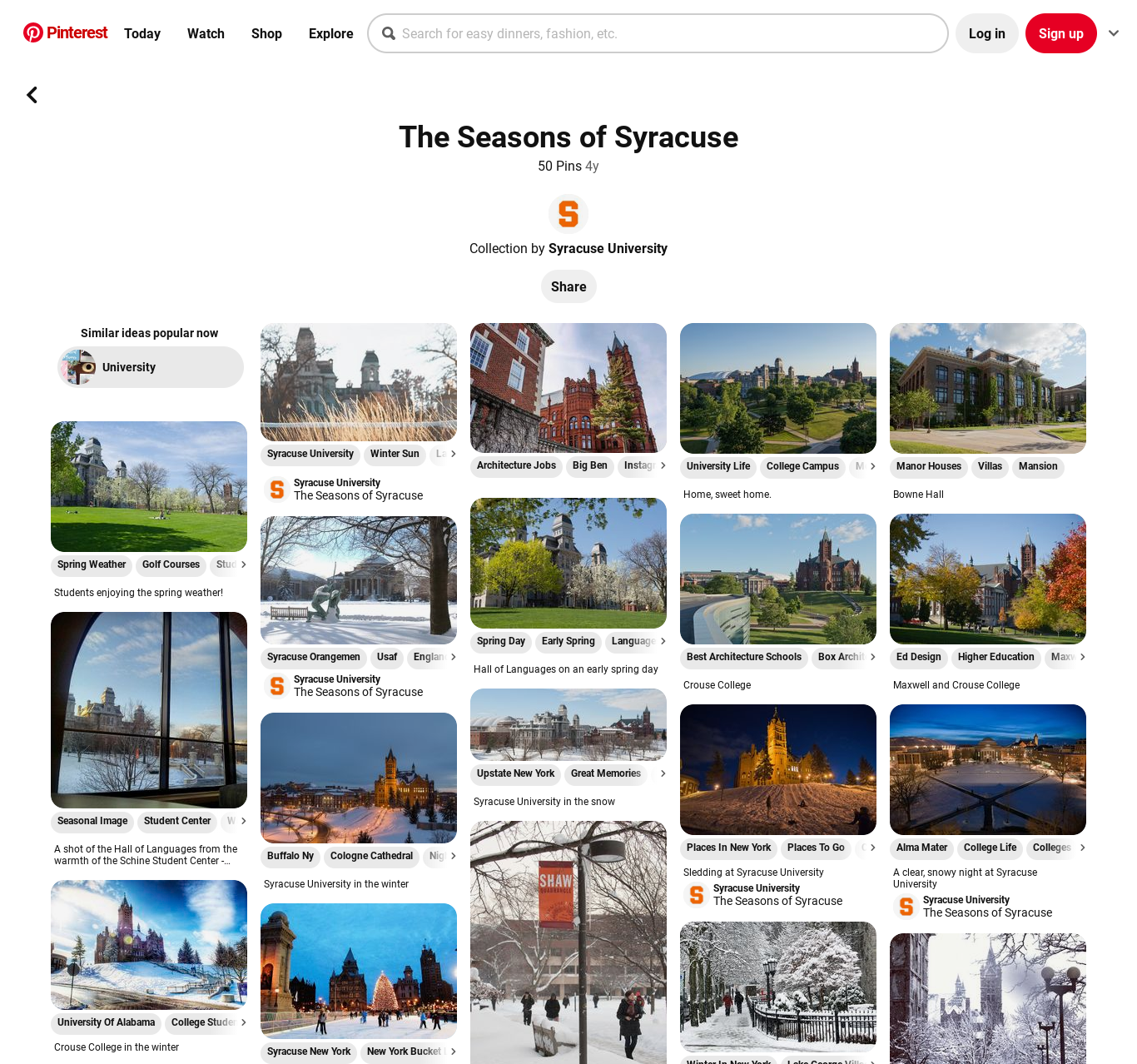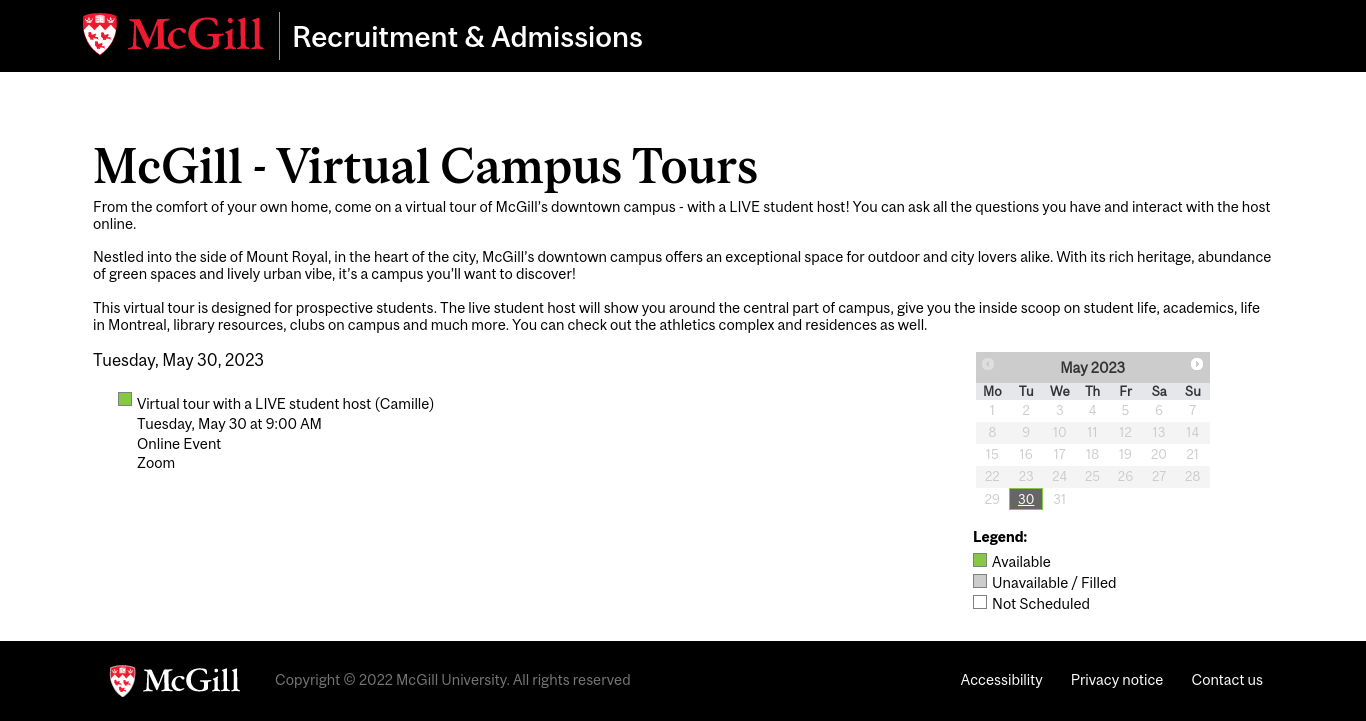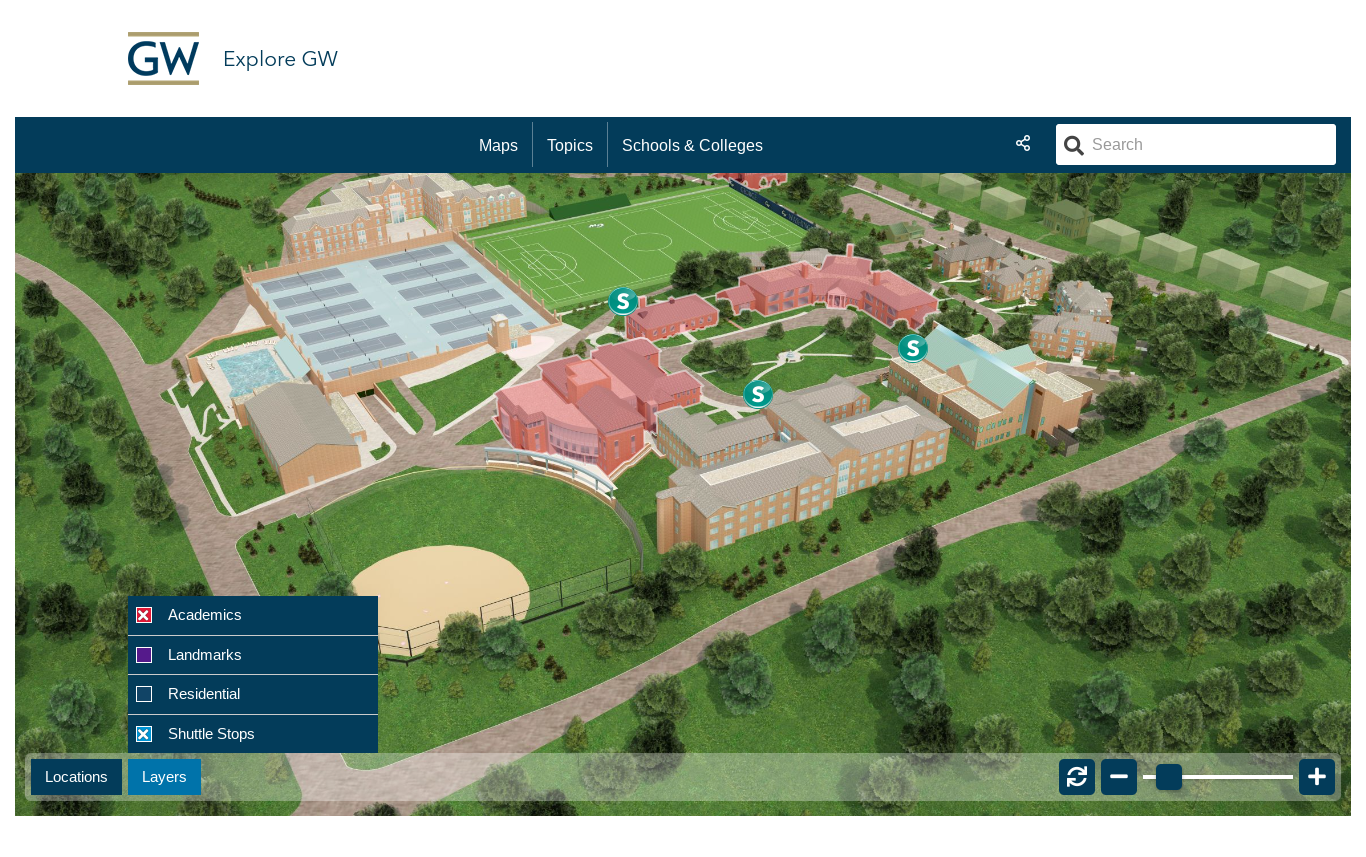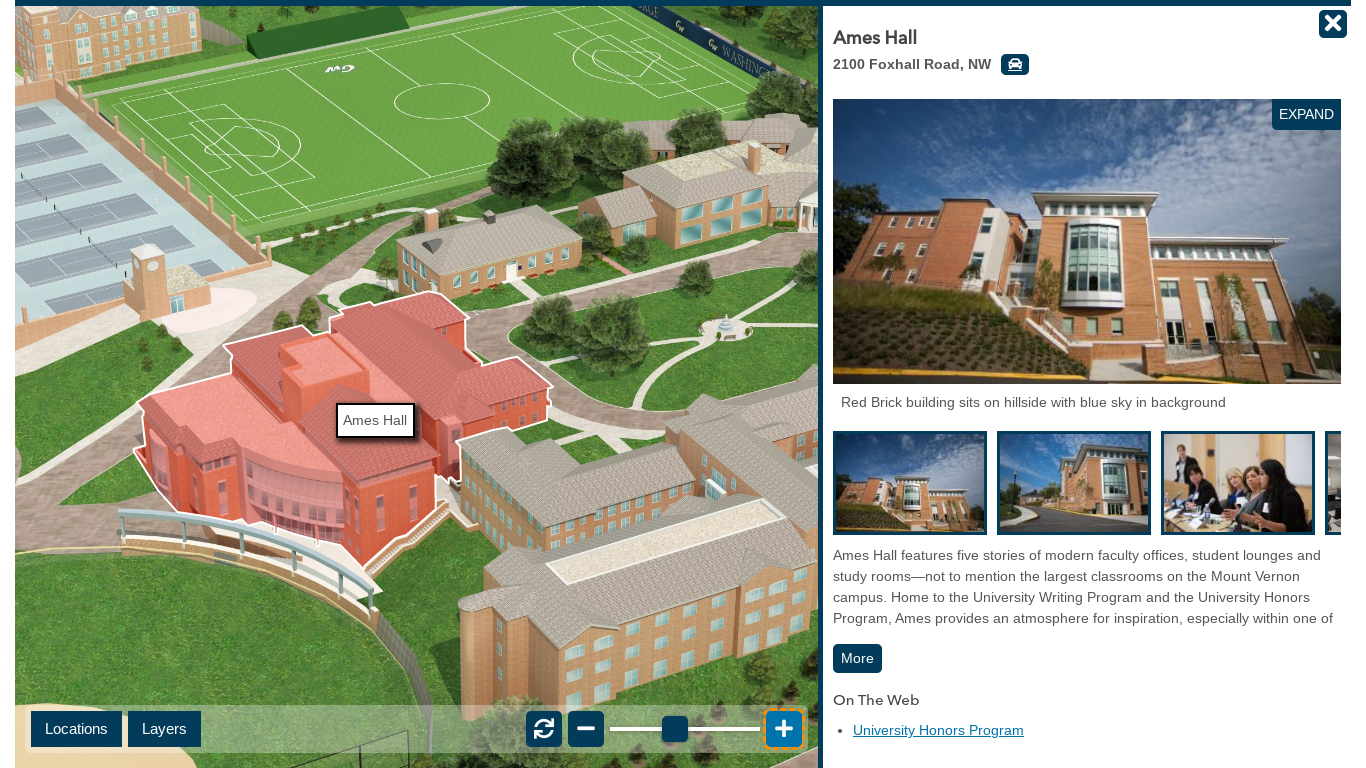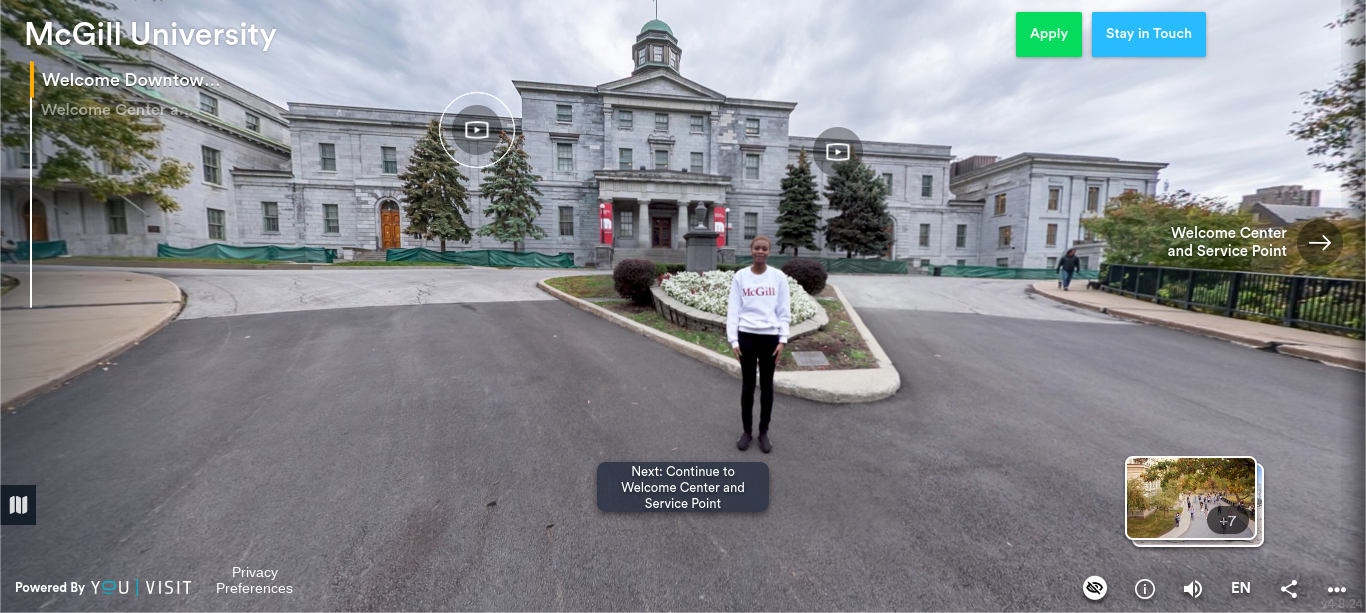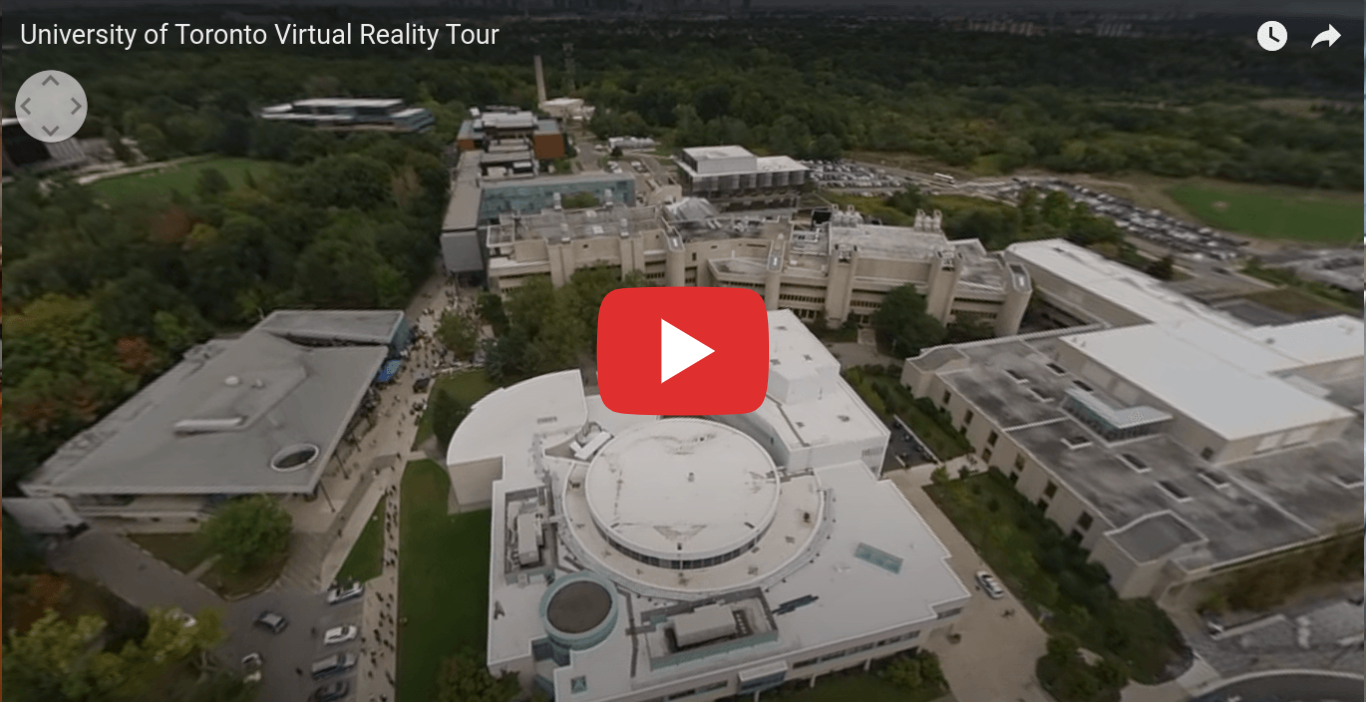Prospective students are no longer limited to scheduled in-person university tours. Virtual tour technologies allow them to see everything your facilities have to offer—all at their own convenience. Is your school making the most of this opportunity?
Campus tours have always been a vital part of student recruitment.With advances in technology, colleges, and universities began offering self-guided, student-guided, and faculty-guided virtual tours. This was especially convenient for prospective students (and their parents) from other cities or countries who wanted to get a glimpse of the school's facilities in the comfort of their own homes.
When the pandemic hit and safety measures shuttered school doors, this nice-to-have feature became an outright necessity,
Now that things have returned to relative normality, however, it doesn't mean you should eschew virtual tours in favor of their in-person counterparts.
In fact, schools should double down on the marketing and promotion of virtual tours to maximize engagement with potential students.
So, what types of virtual tours are there, and how can you best market them?
Static photo galleries
The simplest way to show off your school's campuses, residences, athletic facilities, and surrounding areas of interest is with high-resolution photos.
This is nothing new. Schools have been using photo-based tours as far back as the launch of their website.
But today, there are many more channels and techniques to maximize exposure of these static photos—especially image-based social media tools such as Pinterest and Instagram.
Universities can even make the most out of User-Generated Content (UGC) by crowdsourcing their students' photos and videos from various social media channels.
By leveraging their students' pictures and videos, colleges and universities can increase their virtual tour content exponentially.
The University of Northern British Columbia's website contains extensive galleries of high-resolution photos categorized by “UNBC campus”, “Student life”, “Campus aerials”, “Research in action”, and “Northern BC scenery”
Clicking on any image thumbnail on University of Northern British Columbia's gallery opens a larger image pop-up window and an option to download the original
Syracuse University's “The Seasons of Syracuse” Pinterest board highlights its campuses, facilities, and surrounding areas in all four seasons. This Pinterest board also has several photos capturing student life at the school.
Virtual tours with a live host
This is arguably the most familiar virtual tour style: a live scheduled event hosted by an actual person—usually a student or faculty member—via an online video communications tool.
The main advantage is that it resembles an in-person tour, allowing prospective students to interact with the live host, ask follow-up questions, and receive information specific to their needs and situation.
The downside, of course, is that it's only available on specific dates and times.
McGill University gives prospective students the option of booking a Zoom-based virtual campus tour with a live student host. Occurring in real time, they can interact with the host and ask follow-up questions.
Interactive maps
Interactive maps combine the simplicity of static images with a user-navigable map overview.
These self-guided virtual tours typically present users with an initial bird's-eye-view of a specific campus or area.
They can then navigate throughout the map, zoom in and out, and click to see close-up photos with accompanying information about their selection.
George Washington University's Explore GW interactive map gives you a bird's eye view of its three campuses and national landmarks in the DC area. The Locations button on the lower left lets you easily switch between its campuses. The Layers button lets you highlight different facilities and areas, such as academic buildings, landmarks, residential buildings, and shuttle stops.
Users can move through the map and zoom in and out. Clicking on a building or facility in the overview will provide users with close-up photos from various angles, descriptive copy, and additional links.
Virtual reality
Virtual reality is the most immersive-style tour. It allows prospective students to enter and move around freely in various environments.
Each VR environment is often accompanied by text-, audio-, or video-based guides (or a combination of all three) that provide additional and background information relevant to the spaces they're exploring.
Users have the freedom of complete 360° movement through VR spaces using a mouse, keyboard, or finger (on touch screens); by rotating their mobile phone or tablet; or by turning their head (if using VR goggles).
McGill University's Virtual Campus Tour provides user-controlled, 360° views of key points of interest (which they can easily access from the list on the left-hand side), including the school's Downtown Campus, Welcome Center and Service Point, Athletics, Student Engagement and Well-Being, Student Residences, and much more. Each VR environment contains either an audio guide and/or a student guide providing historical and useful information about the site being viewed. There's also a very visible “Apply” and “Stay in Touch” call to action.
The University of Toronto's Virtual Reality YouTube tour uses a drone to capture aerial views of their campuses and surrounding areas. There's also a plethora of footage depicting interior campus spaces; athletic events; music concerts; classroom sessions; and students at work, rest, and play.
To explore the video's full 360° environment, viewers can use their mouse, the navigation buttons at the upper-left corner, or rotate their mobile device.
Tips for marketing your higher education virtual tours
It's not enough to simply offer unique virtual tour experiences.
You need to actively market and promote them on every channel you have, and at every opportunity you get to engage with prospective students. Here are our tips, below.
Use virtual tours as a call to action
- Treat your virtual tours like a back-and-forth conversation with prospective students.
- Include links to apply and discover additional information, embed an unobtrusive chat box (either an AI chatbot or a real person) so they can find quick answers to their questions, and links to schedule an appointment with a real admissions person for a more in-depth discussion.
Give your virtual tours plenty of prominence
- Embed tours on high-traffic website pages.
- Place links on all top-level web pages, landing pages, and primary navigation bars.
- Include links in all electronic correspondence and communications, such as emails/e-blasts, newsletters, and social media posts.
- Include QR codes that lead to the tours in all printed marketing collateral.
Take advantage of all marketing channels available to you
- This includes websites, electronic newsletters, e-blasts, and all active social media channels.
- Don't discount any opportunity to market your virtual tours.
- Prospective Gen Z students will likely be more active on Instagram, Pinterest, and TikTok.
- Their parents and school alumni will likely be more active on Facebook and LinkedIn.
Create targeted tours for different audiences
- It's great to have a general overview-style tour. But different student types want to see different things (traditional students, adult/continuing education students, STEM students, arts students, athletic scholarship students, etc…).
- If possible, use dedicated tours based on specific student demographics.
- A STEM-based tour would show research facilities, medical and science labs, and computer and engineering equipment.
- An arts tour would show dance recitals, concert halls, and art exhibitions.
Don't make prospective students jump through technological hoops
- A remote/virtual tour should be a simple click away.
- So don't force them to use a specific computer or mobile platform.
- Also, don't force them to install a special browser plugin or extension.
Don't treat your virtual tours as “less than” in-person tours
- Yes, nothing beats an in-person tour—where you can see, hear, and smell the very livelihood and spirit of a school—but avoid text that implies that your virtual tours are a poor substitute for the real thing.
- Instead, market virtual tours as a perfect complement to, or potential starting point for, an in-person tour.
What’s your school doing to market the convenience and accessibility of its virtual tours?
We'd love to hear about it in the comments below or on our social media channels.
 |
 |
 |
|---|

:format()//media/marketing-virtual-campus-tours-RQ.png)
